The Transformation of Traditional Art Forms in the Digital Age
The digital revolution has brought with it a wave of transformation across every sector of human activity, and the sphere of art is no exception. The last few decades have witnessed the evolution of traditional art forms under the influence of digital technology, resulting in a rich blend of new aesthetics and fresh interpretations. This article explores this transforming interaction, considering the ways painting, sculpture, music, theatre and more have been revolutionized and the new tools and mediums that have emerged, redefining the boundaries of creativity.
Painting and Sculpture in the Digital Age
Digital Painting
Traditional painting has experienced significant innovation with the emergence of digital painting tools such as Photoshop, Corel Painter and others. These have broadened the creative landscape enabling artists to try out limitless combinations of brushes, visuals, textures and colors, transforming the concept of painting from a static visual experience to an interactive one.
3D Printing and Sculpture
The invention of 3D printing has greatly enhanced sculpture making, allowing intricate details to be crafted with precision and efficiency. It also gives artists the freedom to experiment with construction and deconstruction, leading to the creation of incredible art pieces that were not possible before.
The Impact on Music and Theatre
In the realm of music and theatre, digital technology has not only created new ways of producing and performing, but also influenced the way we consume these art forms. Digital music software like GarageBand or Ableton Live provides limitless soundscapes that musicians can explore. Likewise, digital videography and theatrical tools have enhanced traditional theatre, by incorporating virtual reality and augmented reality elements into performance.
The Digital Transition: Pros and Cons
The digital transition of traditional art forms has primarily improved accessibility, breaking down geographical and financial barriers to artistic exposure. However, it has also stirred debates about authenticity, as the line between original art and digital replicas blurs. The digital space poses challenges for the preservation of art in its original form, but also provides opportunities for it to reach wider audiences and for interactive experiences.
Shaping the Future of Traditional Art: Key Technologies
Technologies such as virtual reality (VR), augmented reality (AR), and mixed reality (MR) are reshaping the future of traditional art forms. They are creating immersive environments where audiences can interact with art in ways that simply were not possible before.
Digital Innovators in the Art Sphere
Artists such as David Hockney, Marina Abramović and Daniel Rozin are pioneers in embracing new technologies, bringing novel dimensions to traditional art. They leverage digital tools and techniques to push the boundaries of creativity in innovative and disruptive ways.
The digital transformation of traditional art forms continues to evolve, or even blurred the boundaries between different art forms. The future of art under the influence of digital technology promises further exciting developments and intriguing challenges.

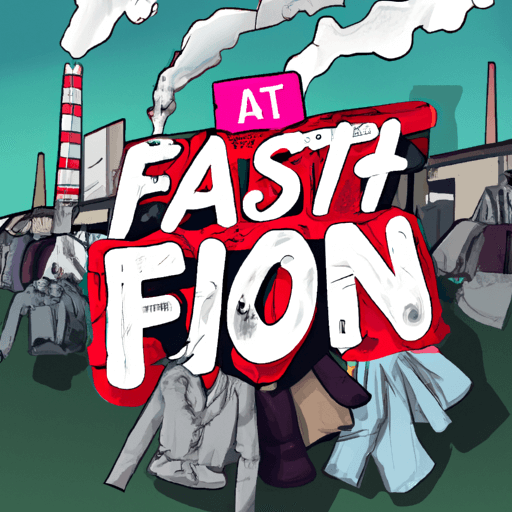


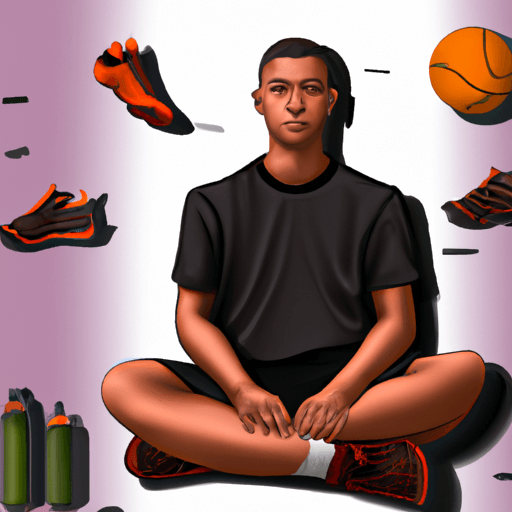
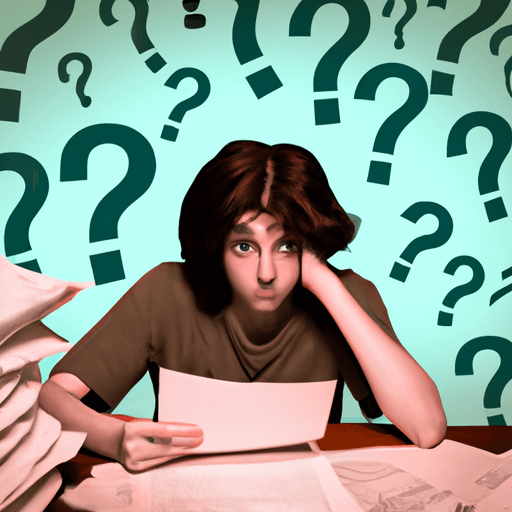

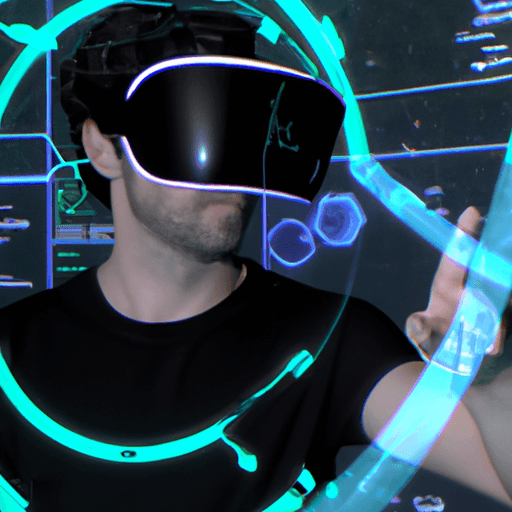
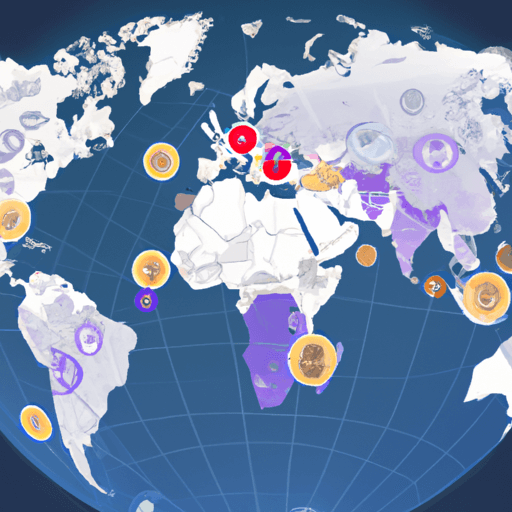

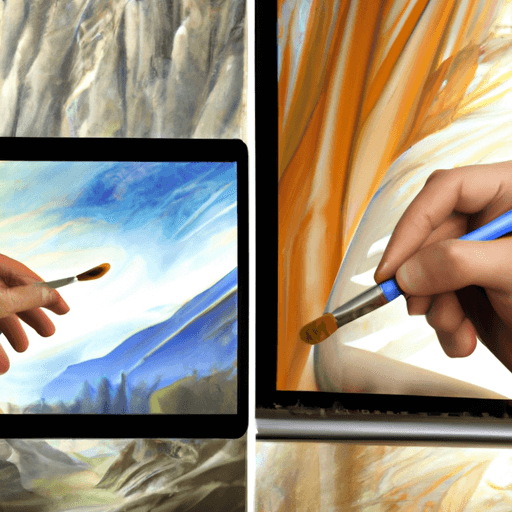
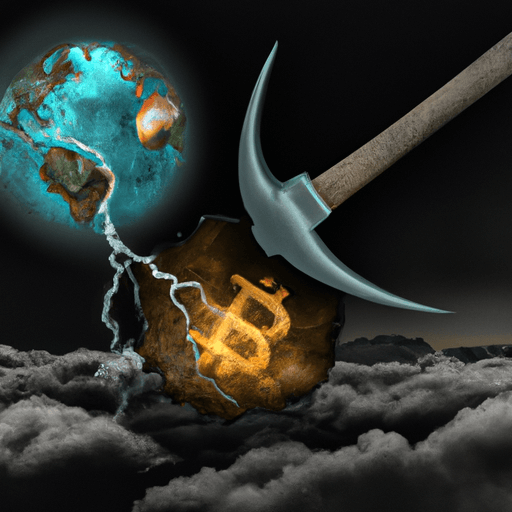
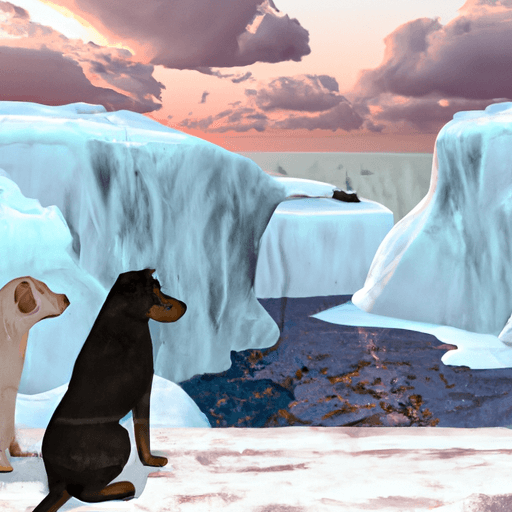
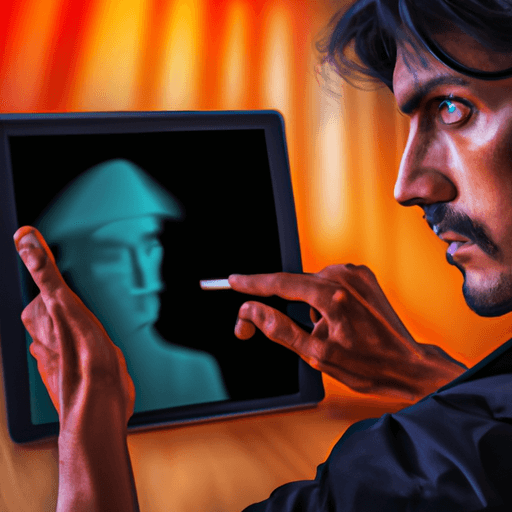

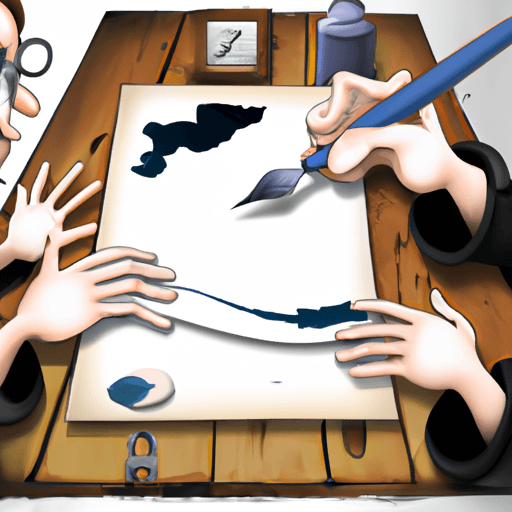
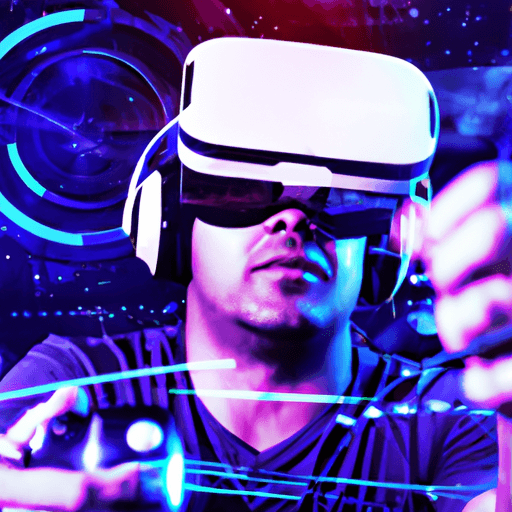
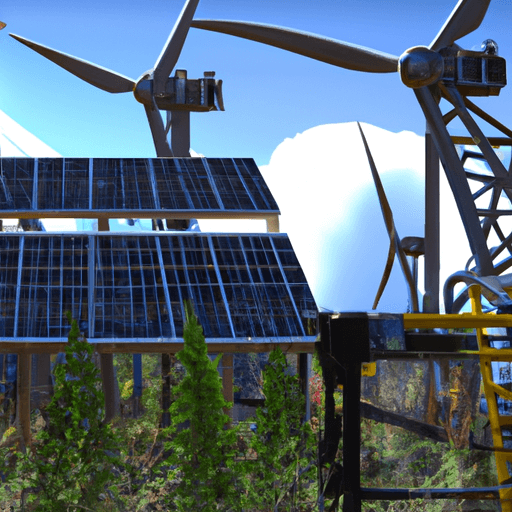

Comments
Leave a Comment